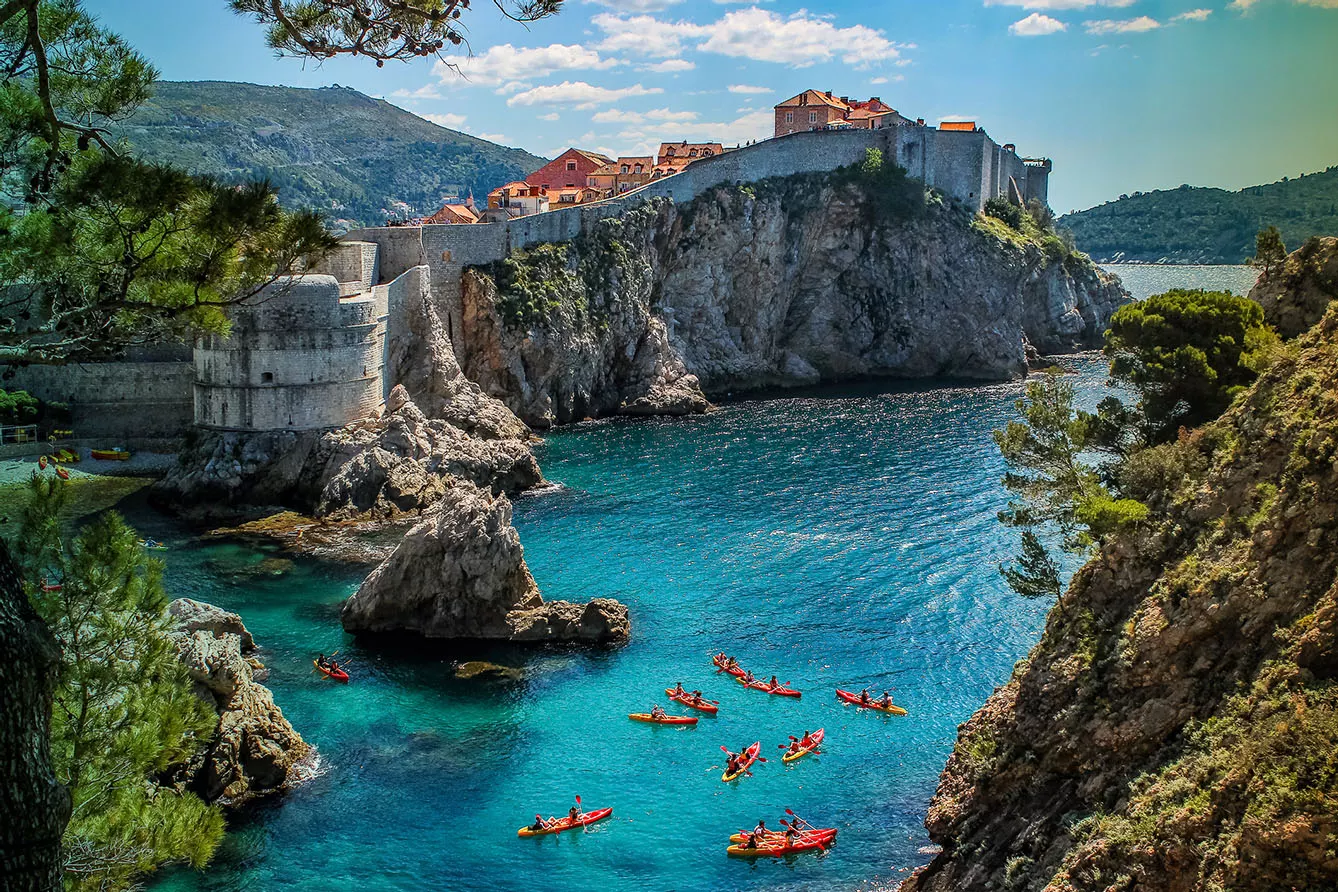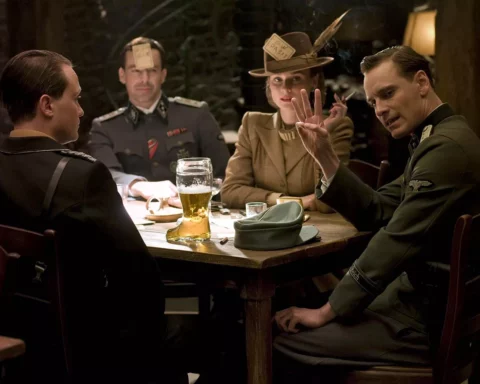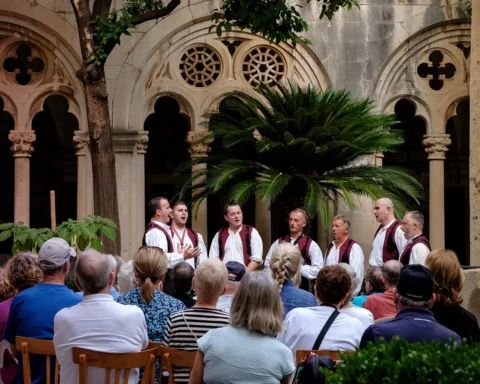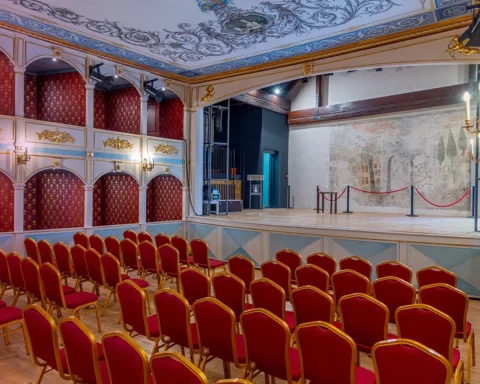The one-of-a-kind beauty of the Croatian city of Dubrovnik is already well known. It has starred in numerous movies and shows, from The Witcher to Game of Thrones to Star Wars. But the city is not only fascinating for its cityscapes. Apart from beauty, it also has brains.
Dubrovnik between Ottoman and Venetian empires
Throughout the early modern age, between the 14th and 19th centuries, Dubrovnik was the center of Ragusa, a free merchant republic that successfully navigated a political path between the Ottoman and Venetian empires. And it was among the most progressive countries of its time.
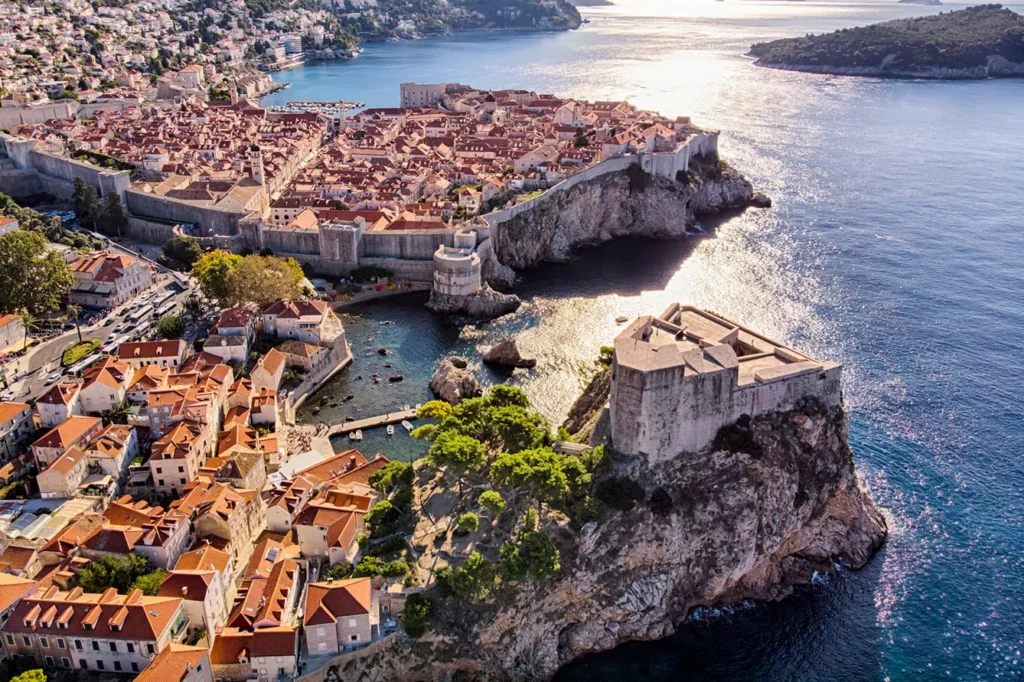
If the Ragusa Republic had had an army (which it didn’t), its soldiers probably would have rushed to the battlefield crying “Libertas!” – the country’s actual motto. That’s what the Republic of Ragusa was about: free trade republic with democratic order (for its time). Ruled by a handful of aristocratic families, it had a Prince-Rector who was elected every month and was only eligible for re-election after two years.
It also had a parliament with no less than three chambers, with a senate that eventually turned over time into the real government of the country. The whole system served the purpose of not allowing power to be amassed in the hands of one family. It was also progressive in abolishing slavery as early as the early 15th century.
The Ragusa Republic had 30,000 residents across Dalmatia, 5,000 of which lived within the city walls. For some time, it also controlled the Dalmatian islands, including the disputed birthplace of Marco Polo on Korčula. Ragusa appeared as an independent republic with the capital in Dubrovnik after the 1358 Treaty of Zadar, which ended the war between Venice and Hungary. The former state then lost control over Dalmatia, including Dubrovnik, which was an important Venetian port on the other side of the Adriatic Sea.
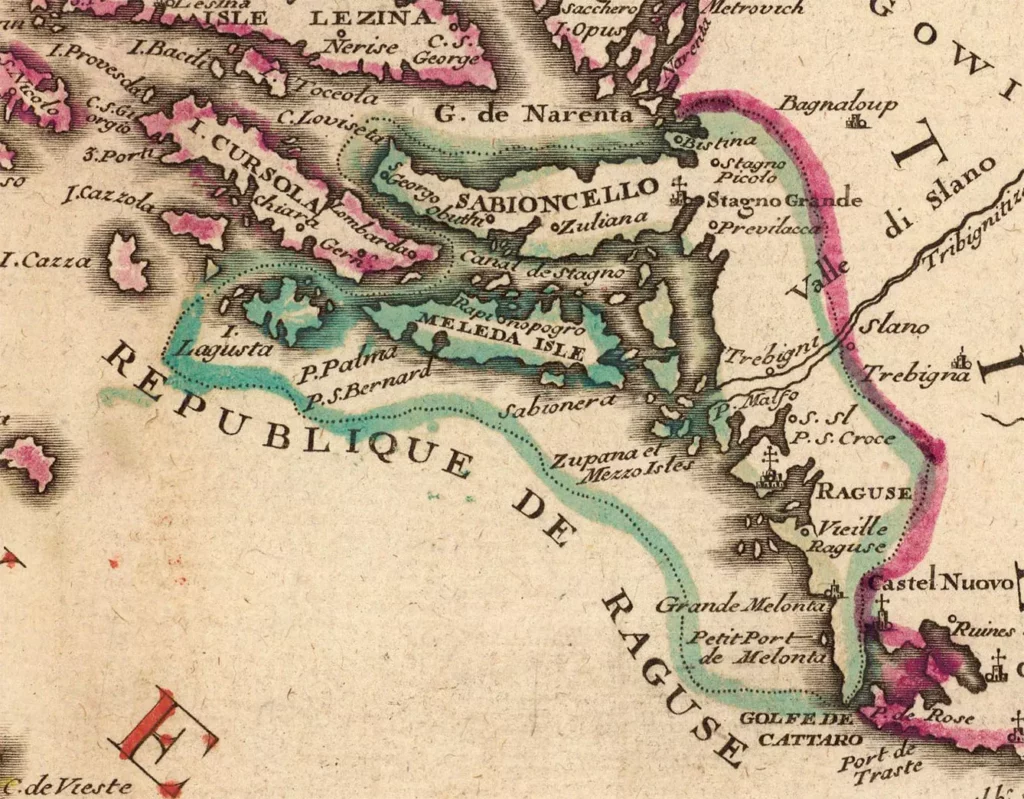
Ragusa: independent from Budapest
Technically, Ragusa was part of Hungarian lands during some periods but was to a large extent independent from the Buda court. Then the same was true for the Ottoman Empire. Perhaps its evidently strong diplomatic skills are why Ragusa could do without proper military force.
The Republic of Ragusa’s decline started when trade routes shifted from the Mediterranean to the Atlantic. Its history ultimately came to an end with the rise of the Napoleonic period. After the Battle of Austerlitz, empires as far away as France managed to reach the eastern shores of the Adriatic, and the diplomacy Ragusa had excelled at ceased to be effective. As there is now no Republic of Ragusa, Dubrovnik remains proof of its greatness and independence.
You may be also interested in our article Dubrovnik Is an Actual Fantasy Location.


